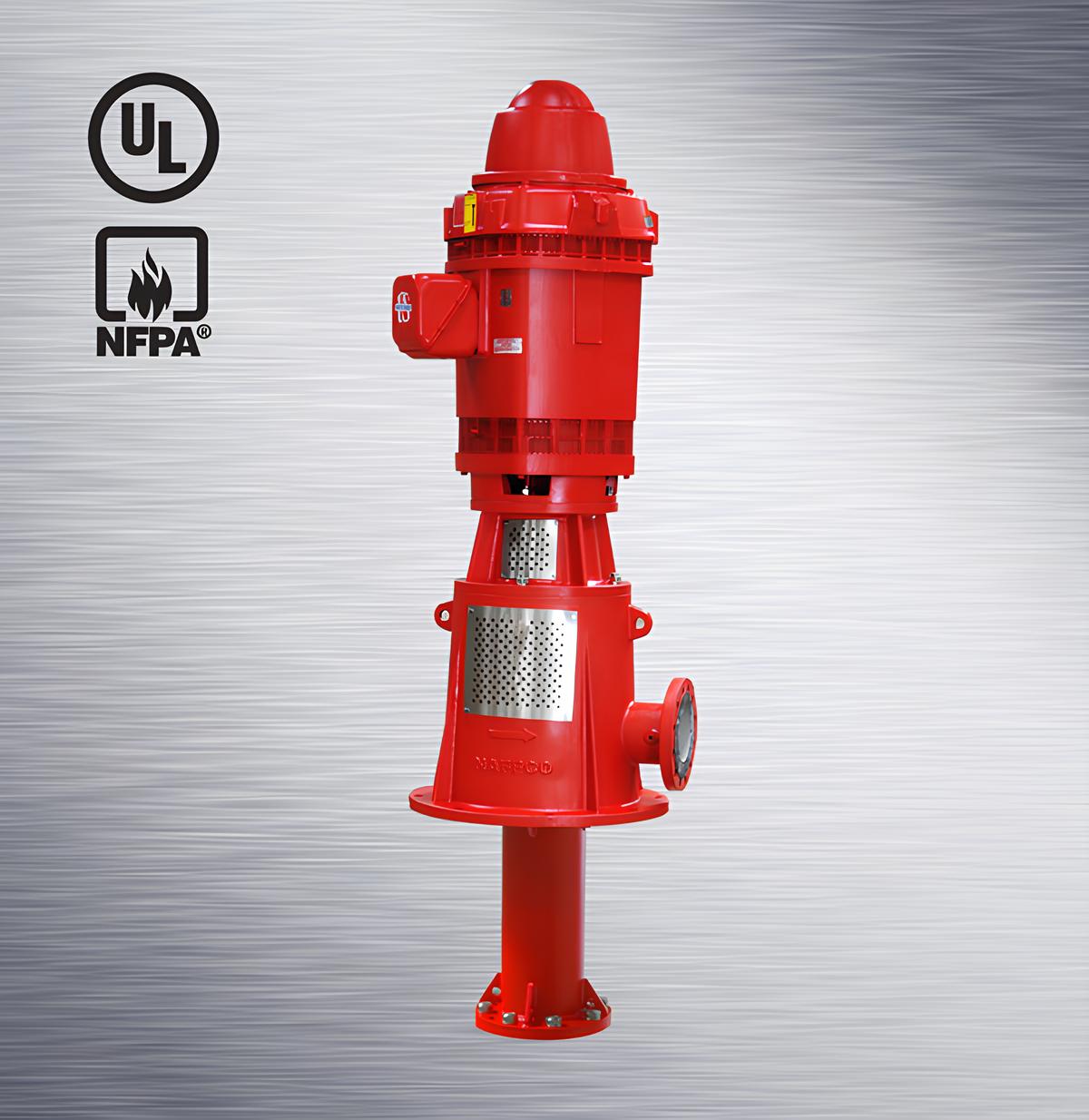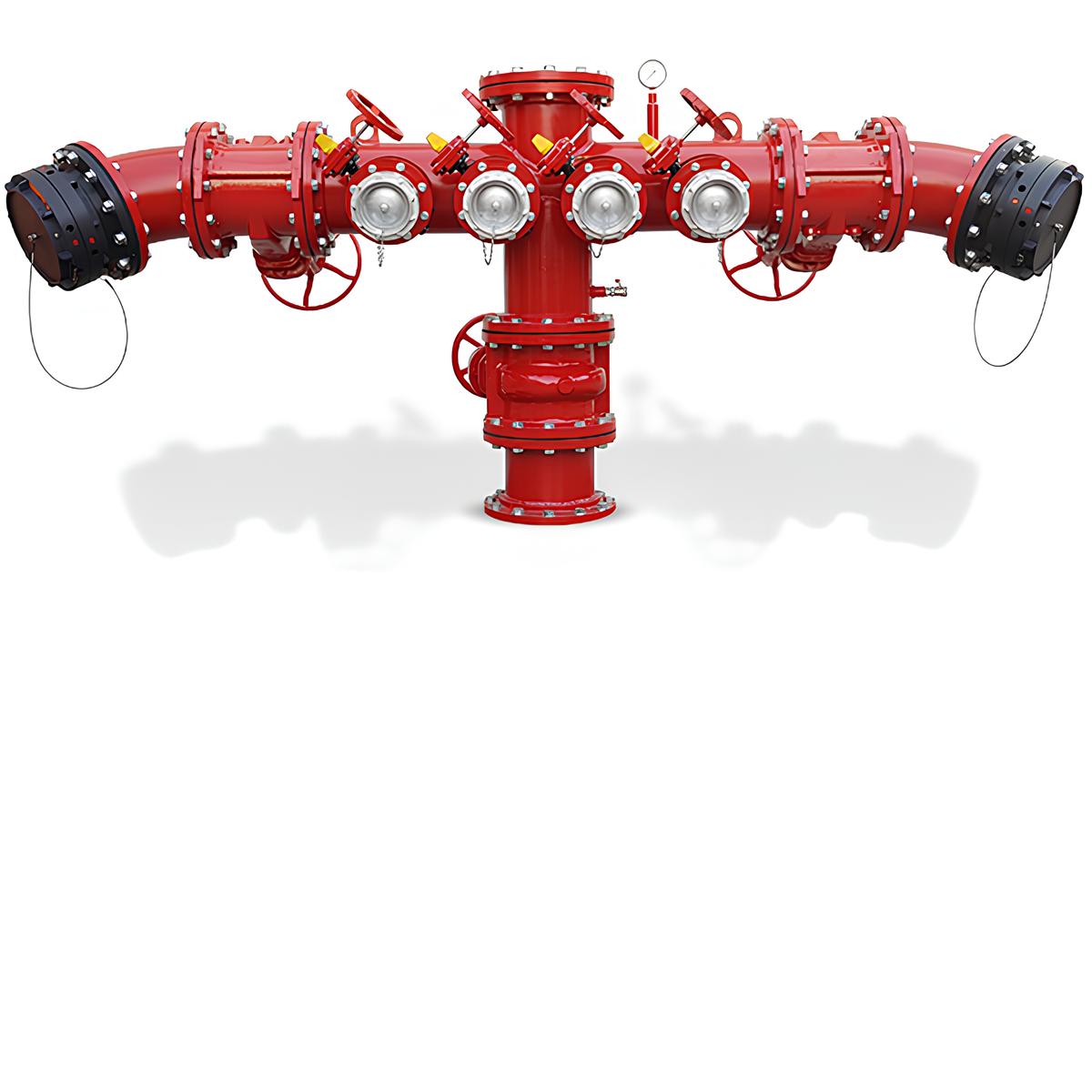Download Brochures
Contact Us
Phone Number
+(968) 99442916
Email Address
otabrawabi@gmail.com
Office Address
Sohar - Al-Humbar - Sultanate of Oman





Fire Hydrant
fire hydrant is a crucial piece of equipment in a community’s water supply and firefighting system. It is a specialized valve and outlet connected to a pressurized water source, typically a municipal water main, designed to provide firefighters with access to a large volume of water quickly and efficiently to combat fires.
Types of Fire hydrants
Dry Barrel Hydrants:
- Common Use: Dry barrel hydrants are typically used in regions prone to freezing temperatures. They are prevalent in colder climates.
- Design: In a dry barrel hydrant, the valve controlling water flow is located below ground level, below the frost line. When not in use, the hydrant is emptied of water to prevent freezing. Water only fills the hydrant barrel and rises to the nozzle when the hydrant is opened for firefighting operations.
- Advantages: They are less susceptible to freezing and are suitable for areas with cold winters.
Wet Barrel Hydrants:
- Common Use: Wet barrel hydrants are commonly found in regions with milder climates where freezing is not a significant concern.
- Design: Unlike dry barrel hydrants, wet barrel hydrants have the valve above ground, and they are always filled with water. This design allows for quicker access to water during firefighting operations.
- Advantages: Wet barrel hydrants are easier and faster to use because there is no need to drain or fill them with water before use. They are common in warmer areas.
Pillar Hydrants:
- Common Use: Pillar hydrants are often used in urban settings and are designed to be aesthetically pleasing while providing fire protection.
- Design: They have a vertical, pillar-like appearance and are often made of materials like stainless steel or decorative finishes to blend in with their surroundings.
- Advantages: Pillar hydrants are visually appealing and can be strategically placed in urban areas without compromising the overall look.
High-Pressure Hydrants:
- Common Use: High-pressure hydrants are used in areas where an increased water flow and pressure are required, such as industrial sites.
- Design: These hydrants are designed to handle higher water pressures and may have larger outlets to accommodate specialized firefighting equipment.
- Advantages: They provide a more powerful water supply for firefighting, especially in situations involving hazardous materials or large fires.
Flush Hydrants:
- Common Use: Flush hydrants are used in locations where the hydrant needs to be level with the ground when not in use, such as airports or areas with high traffic.
- Design: These hydrants are designed to be flush with the ground surface and can be driven over without damage. They are often fitted with a pop-up or telescopic design to make them easily accessible during emergencies.
- Advantages: Flush hydrants are less likely to obstruct traffic or be damaged by vehicles when not in use.
Private Hydrants:
- Common Use: Private hydrants are installed on private properties, such as industrial facilities, large commercial complexes, or gated communities, to provide fire protection.
- Design: These hydrants are maintained and owned by the property owner and are connected to the municipal water supply or private water source.
- Advantages: Private hydrants ensure that adequate water is available for firefighting within the property boundaries, reducing reliance on municipal resources.
The common types of fire hydrants, and the choice of hydrant type depends on local regulations, climate, and the specific needs of the area or property they are installed in









